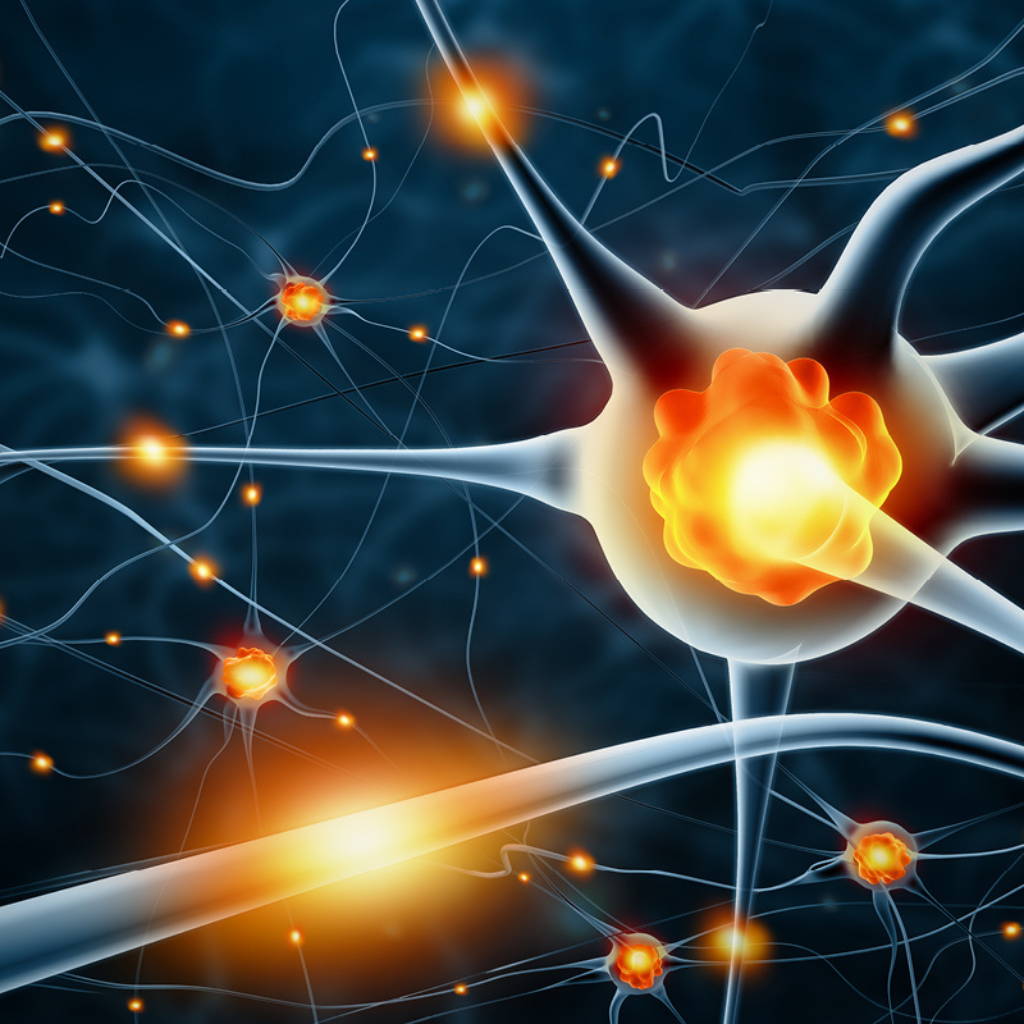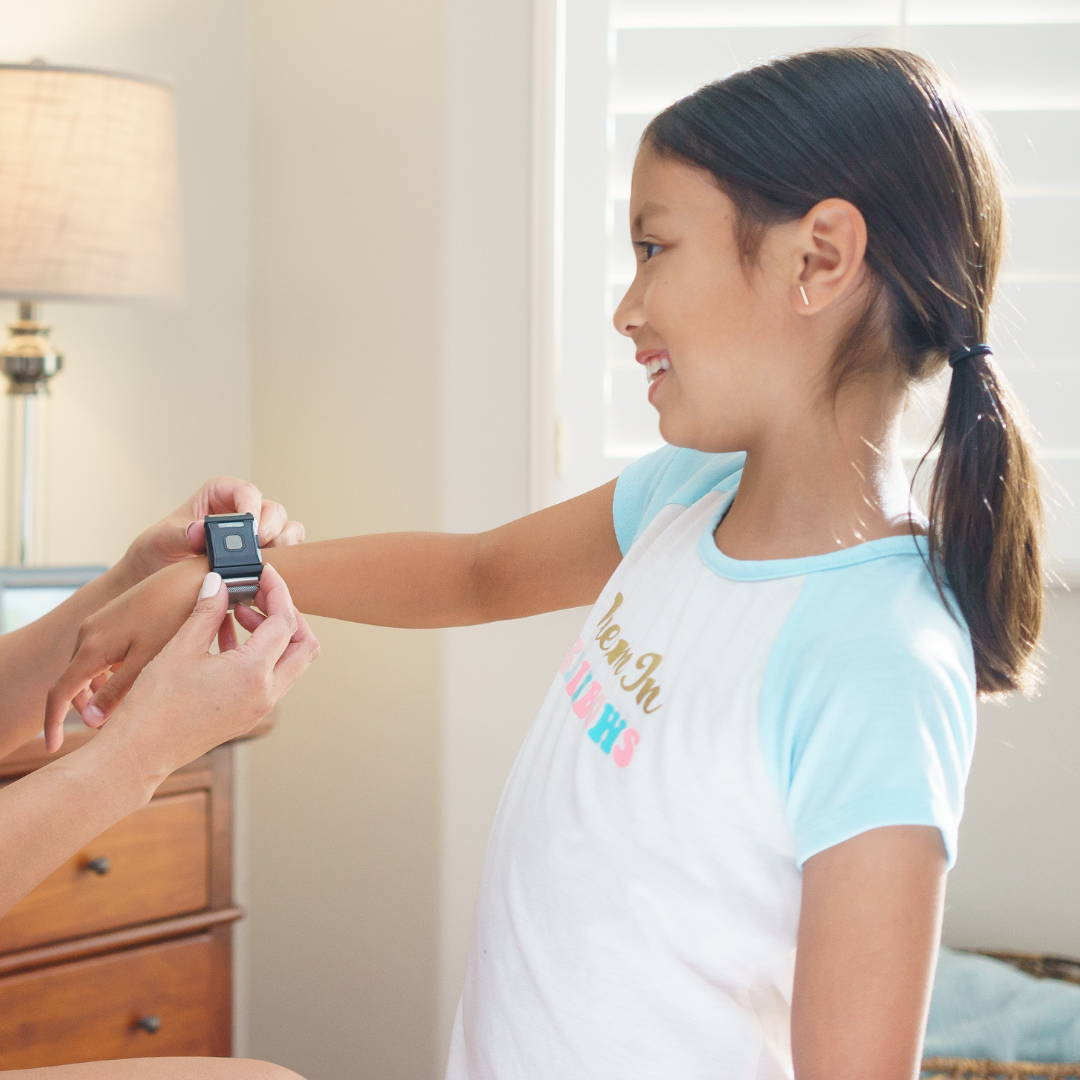HOME | ENCYCLOPEIDA OF USES | AUTISM (SENSORY OVERLOAD)
ENCYCLOPDIA OF USES
AUTISM (SENSORY OVERLOAD)
Sensory overload occurs when the brain receives more information from the senses than it can process. Those with Autism (ASD) often experience sensory integration difficulties. Sensitivity to lights, noises, touch, and changes in temperature is enough to cause avoidance, anxiety, and extreme meltdowns. This can make it difficult to function in settings where the sensory stimuli are not controlled. BLAST® can be used in the classroom, at home, or during therapy sessions to attempt to reduce sensory hyperarousal for improved outcomes in people with ASD.
How blast® works for AUTISM (SENSORY OVERLOAD)
How to use BLAST® for AUTISM (SENSORY OVERLOAD)

Before you start:
Learn the basics behind operating your TouchPoints. Learn how to pair your TouchPoints, what the different modes are and more with our online user guide.
When to use BLAST®:
Spot: Use as soon as you're in an environment with a lot of sensory stimuli to help sensory regulation.
Preventative: If you can anticipate being in a scenario with a lot of sensory stimuli, begin use 15-30 minutes prior to going into a new environment. (You may use all day at work or school, however this will require multiple sets of TouchPoints.)
How to use BLAST®:
Where: Wear on wrists, in hands, socks, or pant pockets. Use zippered sweatbands on wrists or ankles to muffle some of the noise associated with the vibrations, and to make the introduction to TouchPoints more seamless.
Mode: When introducing TouchPoints, ease into the feeling of BLAST by starting the slow/blue setting in various scenarios. Work your way up to the medium/yellow and fast/purple settings as the user becomes more comfortable. Find user’s favorite setting and continue to use this setting throughout the day.
Timing: Leave on until you're no longer in a setting with a lot of sensory stimuli.
USER SPOTLIGHT
See what our customers are saying about BLAST® & sensory overload
These tips and recommendations were provided by those who currently use TouchPoints to manage Autism Spectrum Disorder. Touch Points are not meant to treat Autism or any medical condition. Children and adults with Autism have used Touch Points to help stay calm, prevent stimming and startle response, focus in school, and report improved outcomes. The news reports on Autism are based on actual users of TouchPoints and we are in the process of conducting double-blind placebo-controlled studies in classrooms with Autistic children on a larger scale, but this research is not yet ready for publication.
For more helpful resources on using TouchPoints with Autism, please visit https://thetouchpointsolution.com/pages/autism.



